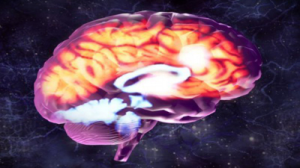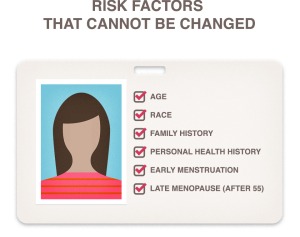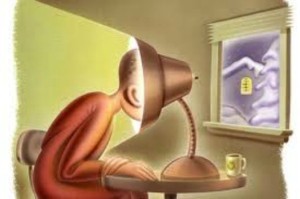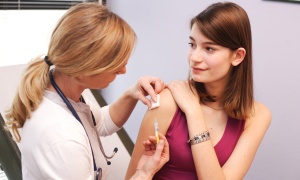
Image: salernomedical.com
Since 2001, Dr. Alexander Salerno has lead Salerno Medical Associates in East Orange, New Jersey. Dr. Alexander Salerno focuses largely on urban communities and on delivering patient education about both medical and behavioral health issues, including anxiety and panic disorders.
In the United States, approximately 6 million individuals have panic disorder. These individuals experience regular intense panic attacks, a fear response that usually arises out of proportion to the presenting situation. The attack incorporates a broad range of emotional and physical symptoms, including dizziness and the feeling that one’s life is at risk. Many people with panic attacks also report shortness of breath, dizziness, and trembling as well as chest pain and heart palpitations, the combination of which can make patients feel as though they are experiencing medical emergencies.
Repeated experiences of such attacks can severely interfere with an individual’s quality of life. Individuals with panic disorder often begin to avoid situations and places where attacks have occurred, and this avoidance frequently escalates to the level at which the person becomes agoraphobic. Timely diagnosis can help the patient to avoid the condition’s escalation to this level, though the universality of many panic disorder symptoms can make panic disorder a difficult diagnosis to reach. Once identified, however, the condition often responds to a combination of medication and psychotherapy.








